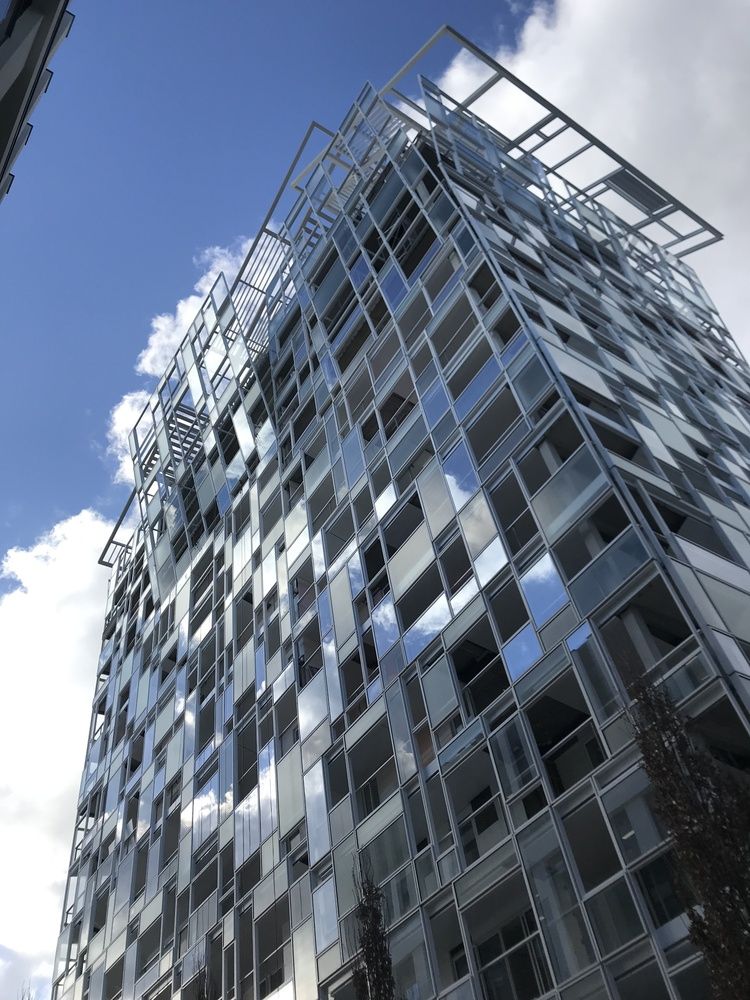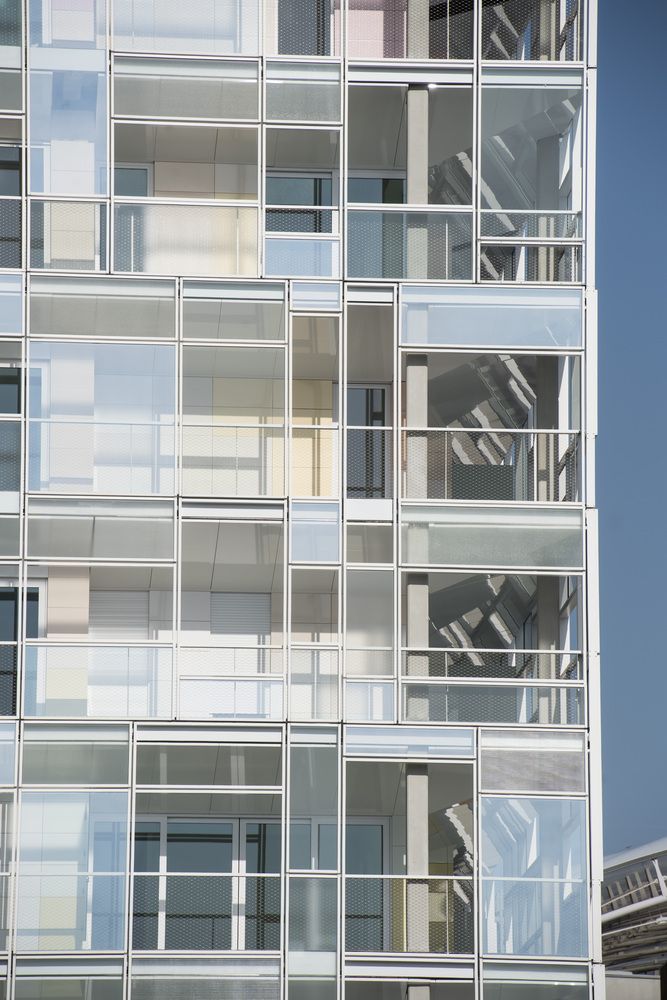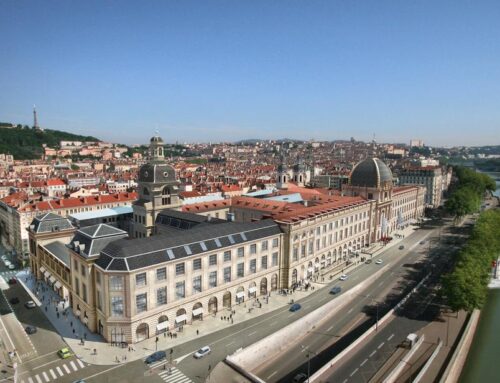The Confluence is an emblematic urban hub that will become historic, representative as it is of the 2000s and 2010s. The word ‘confluence’ suggests meeting, convergence. In this part of Lyon, there’s the meeting of many different individuals and social actors and the convergence of a great number of styles. It’s been a pleasure to be involved in such a cultural hotbed and the whole process of liberating renewal, where every project needs to find its place. Ycone will be bordered by pre-existing buildings in an urban development that will be part of a world to come. So it was important to see what could happen: we’re not making sense for today, but for a programmed future – with all the risks that that implies: in urbanism, things that are programmed can vanish without a trace from one day to the next.
Ycone is a program with a lot of mixed-use space. We’re providing apartments, but those apartments are not automatically destined for the same people, people from the same social category or with the same aspirations. Ycone will also accommodate retail outlets. The project will be faced with office blocks and sit alongside a railway. Its scale is slightly bigger than average, too. But Ycone isn’t aiming to be a city ‘monument’: this building will be part of the life of the new precinct and needs to have its own identity.
Ycone is surrounded by three projects and its place is predetermined. I tried to turn the building around a bit, to push it to one side, then push it to the other side, to work out how I could set off a positive conversation with the neighbouring buildings. But that discussion was based on two conditions: urbanity and amenity. by creating a sort of green filter that will allow the people who live here to feel good, to feel at home, to not be unaware of the neighbours and even to offer them a gift. The filter will also allow the building to be identified as a slightly quieter place than its neighbours and allow us to introduce a public space around the building, which will be at the centre of that space – even if this is a micro public space, offering different levels. The building, then, is anchored to a base, on a terraced garden. We’ll even use this to tuck away visitors’ cars, hopefully discreetly and elegantly. The position was the first challenge. The worst response would have been to design a building like every other building produced by an automatic urban system – like the ones we see most of the time, sadly, in today’s non-cities.
The landscape speaks volumes, whether it’s close-up or in the background. First, there are the different horizons, the line of the mountains, the undulating relief. There are railway tracks and trains. I love the poetry of the railway and I think its pungency will only intensify and be more and more freighted with nostalgia over the coming decades. We need to preserve the distant landscapes, and several apartments will be able to enjoy them; and we need to preserve the close-up landscapes too, along with an awareness of being part of a city that’s in the process of being built.
Thanks to a second façade that’s very light and only partial, Ycone plays down similarities and creates differences – in light, feel, and of course, planes – even if the differences are slight; above all, it plays on differentiation, at the level of each objective element. Because the orientations are different, the four façades are not the same. When you cover all bases like this, normally, things improve. But you have to really express these differences.
Ycone signals that there are two buildings in one. The project offers low-level apartments more height and allows for the possibility of two apartments being sold together – something that sometimes happens – even if they’re not in the same category. What we want to ensure is that the typologies always raise questions to which there are no answers. The architect needs to create something akin to a film script, a sort of fiction that might make sense to those who live there. There’s nothing worse than finding yourself back at square one with an artefact that raises no questions at all.
Façades are designed over two planes and work on what happens between the two. This gap will be a living space, an in-between area, what the Japanese call ma. People are going to live there, have their breakfast there, have dinner, walkthrough, put in potplants… The two façade planes will superimpose two compositions that then form one slightly deeper composition. This can be read as unstable, but obviously, it’s not. The result is tied to a certain number of constraints. You’ll try to frame things from the inside, try to shield yourself from certain things. The result, seen from outside, will depend on the set of constraints that get revised, adjusted, and embellished if possible by the story that’s brought us here, and we’ll try to take that story a bit further to make it more perceptible.
Source: archdaily






